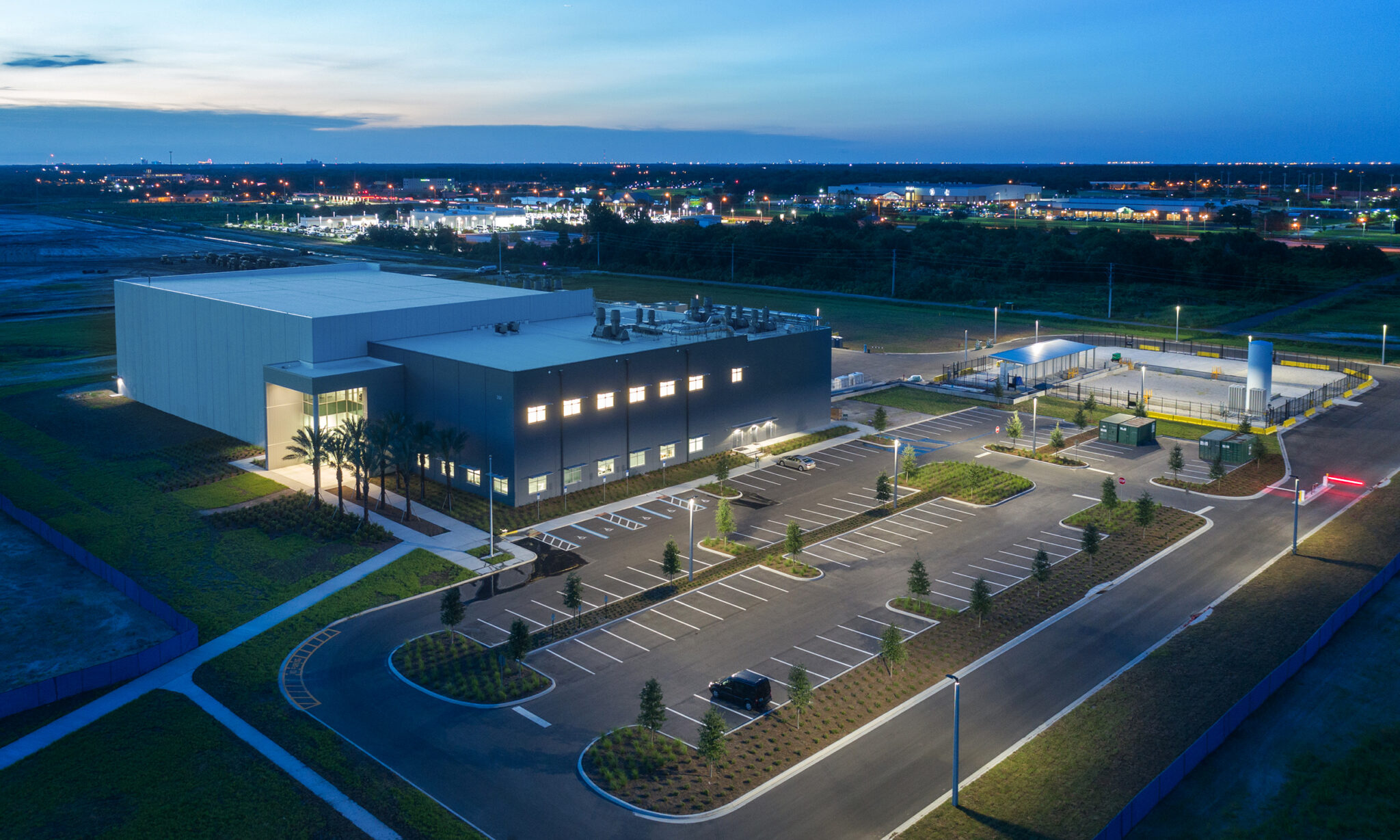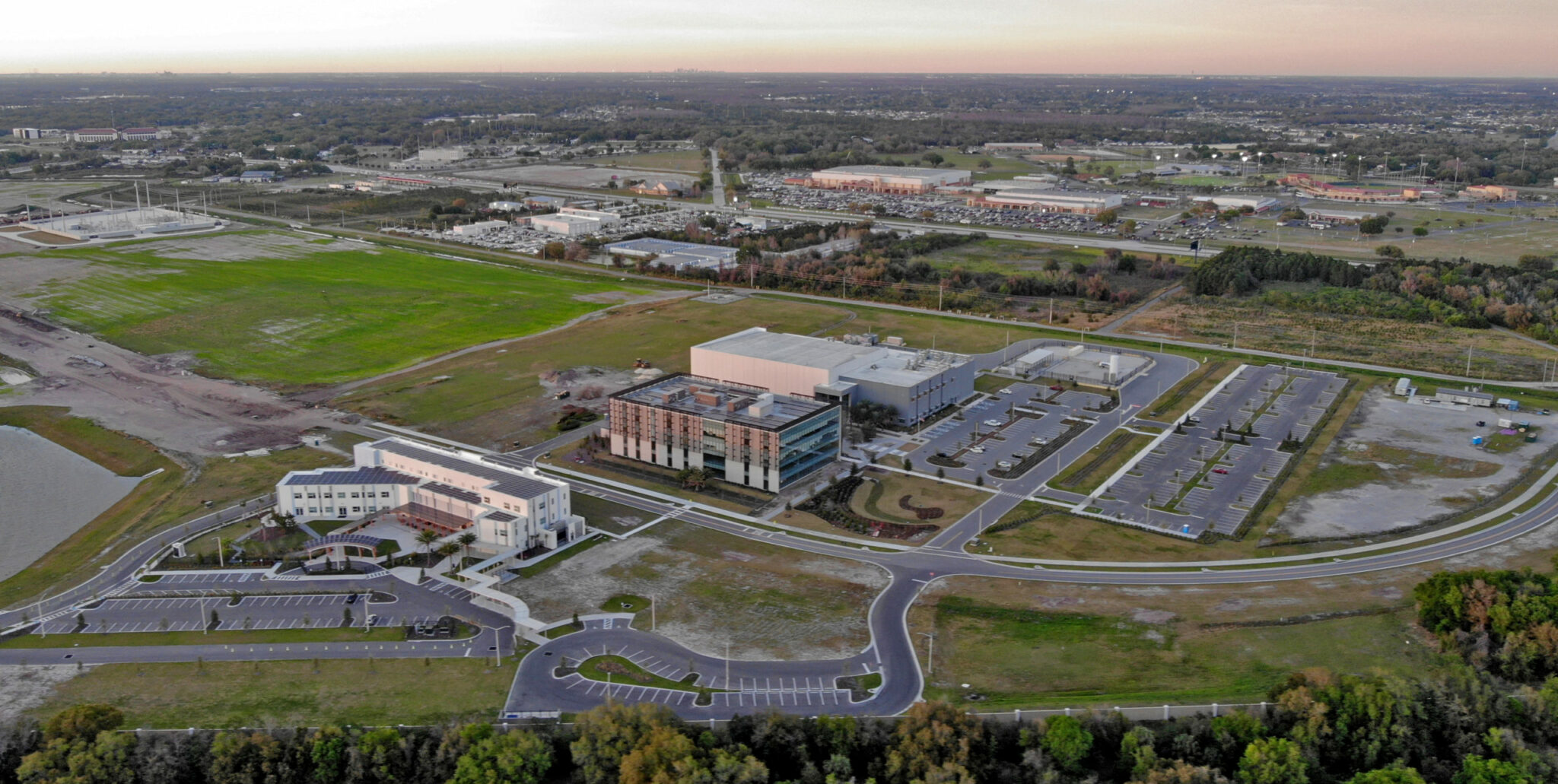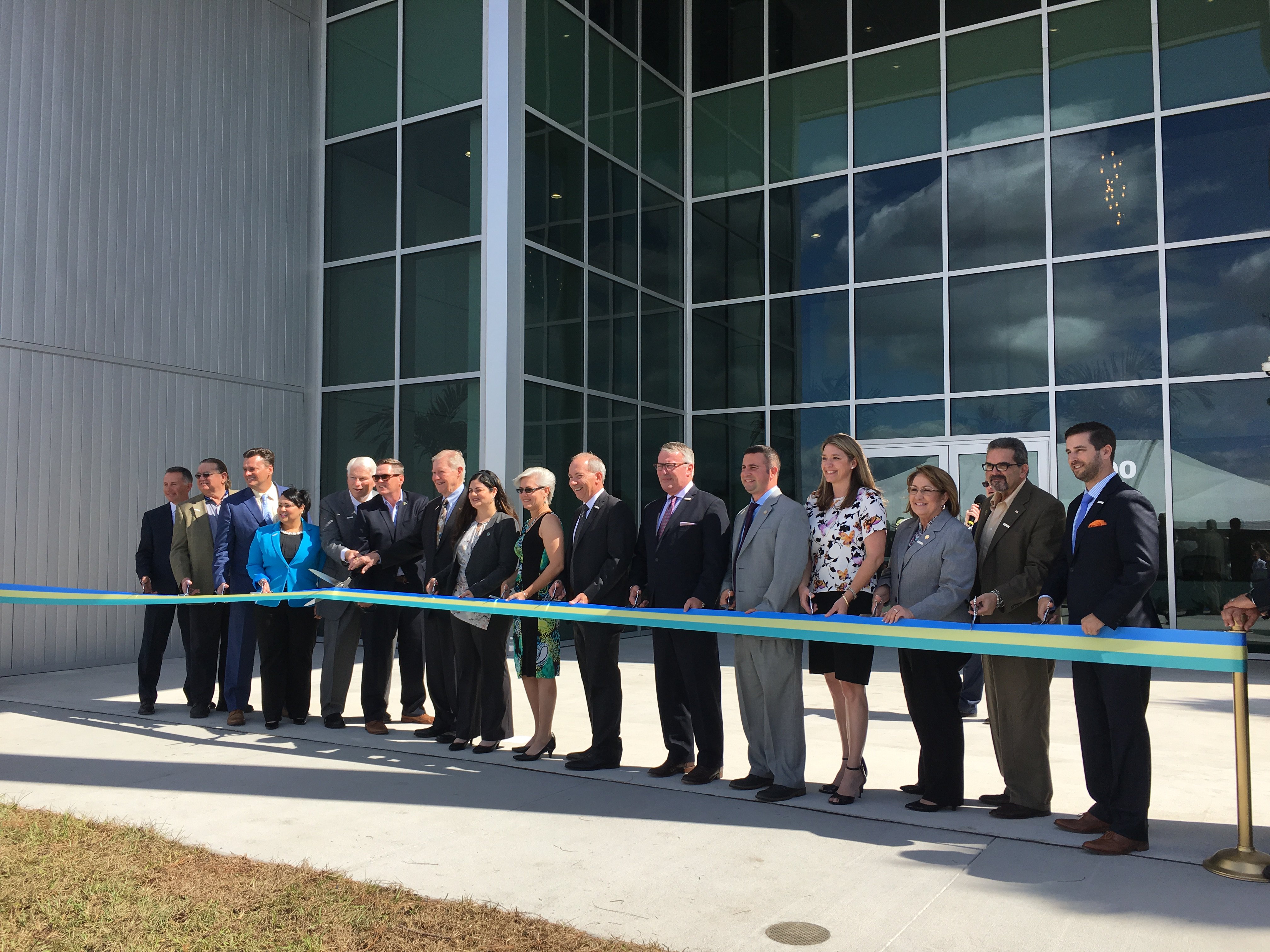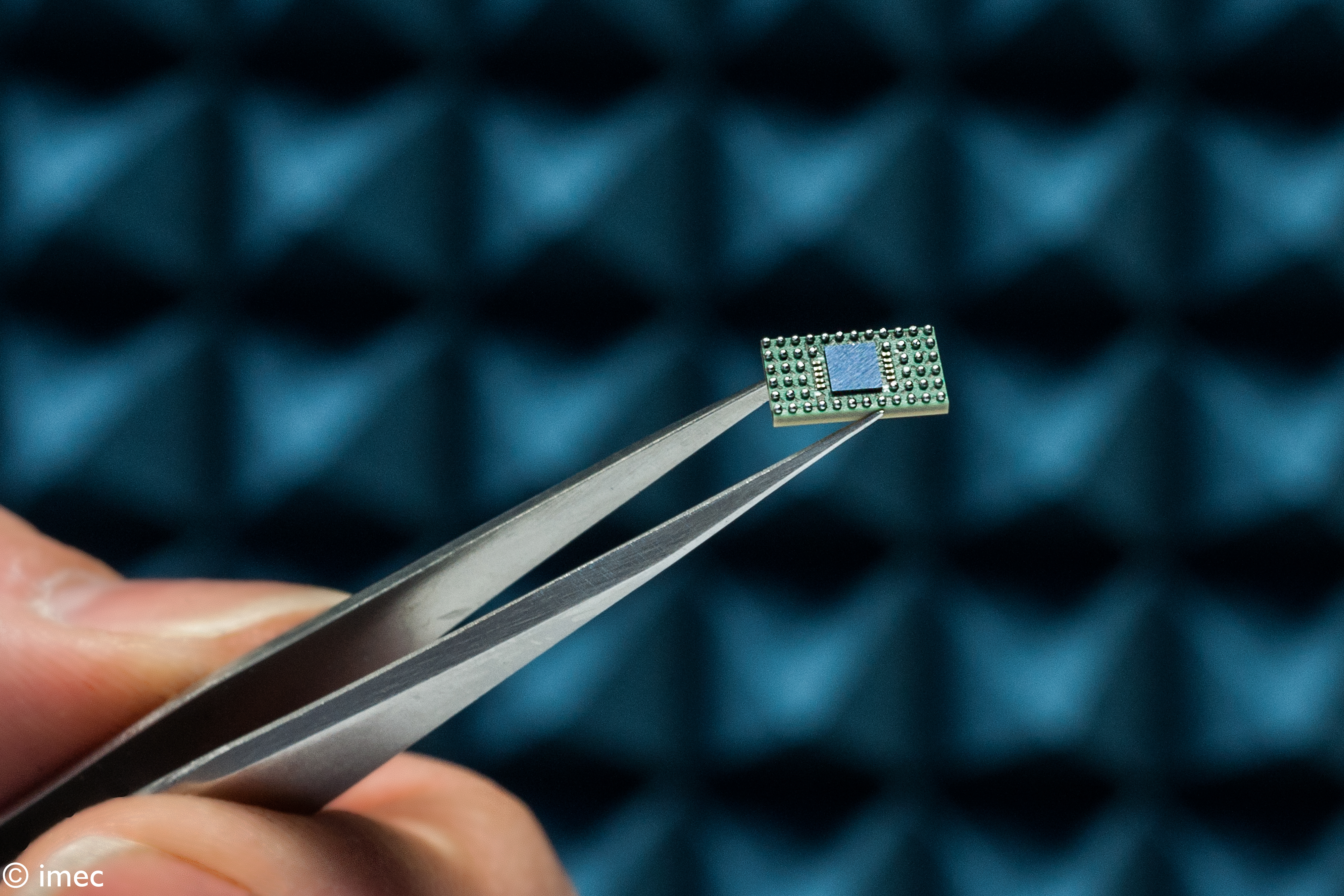The Osceola-led Central Florida semiconductor coalition was the only organization to be awarded a grant in Florida.
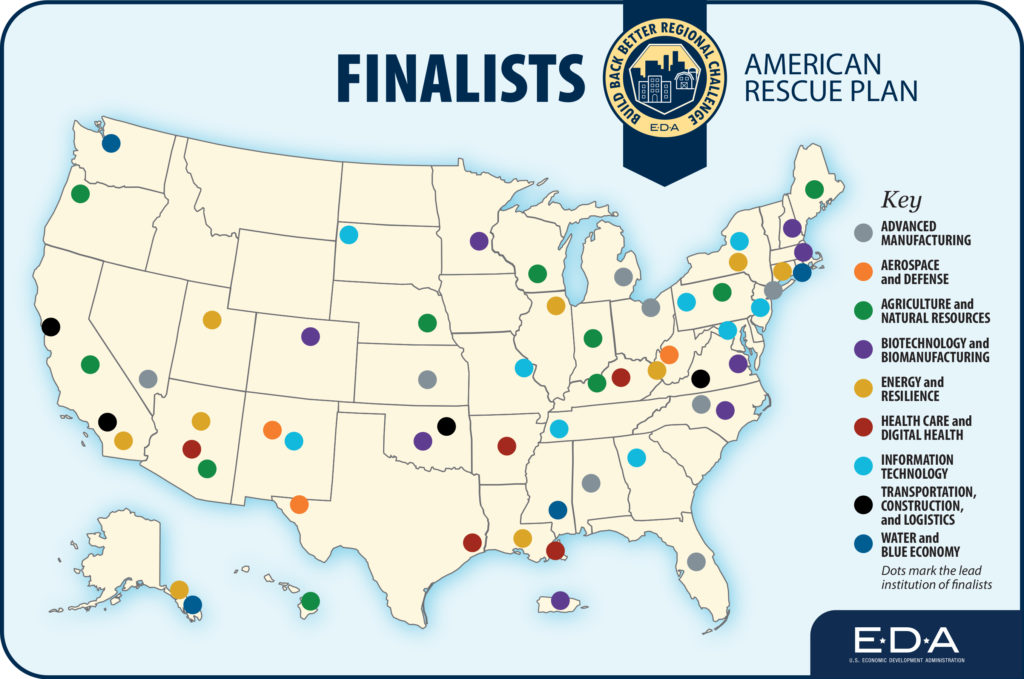
Osceola County, Florida – Osceola County, in partnership with the Orlando Economic Partnership (the Partnership), the University of Central Florida, and BRIDG, was awarded half a million dollars from the U.S. Department of Commerce on Monday to develop a proposal to expand NeoCity’s semiconductor research, development, and manufacturing capabilities.
The regional coalition is one of 60 finalists, one of only eight technology-focused submissions, and the only Florida recipient selected from a pool of 529 applicants for Phase 1 of the U.S. Economic Development Administration’s (EDA) $1 billion “Build Back Better Regional Challenge,” which aims to develop and strengthen regional industry clusters across the country while embracing economic equity, creating good-paying jobs, and enhancing U.S. competitiveness globally.
This win is a direct result of the work conducted during our recent Washington, D.C., Advocacy Fly-In, and we thank all our partners who joined us and our leaders on the Central Florida Delegation, behind the leadership of Congressman Darren Soto, who worked tirelessly on our behalf.
“I’m proud to have helped secure funding for Osceola County, and their regional coalition, through the President’s Build Back Better Regional Challenge,” said Congressman Soto.
“From day one, I have been committed to attracting high-tech, high-wage jobs to the district, and this funding is critical to expand the infrastructure in NeoCity and attract those jobs.”
Congressman Darren Soto
The Phase 1 award provides technical assistance funding for the regional coalition to develop a Phase 2 application to the Department of Commerce’s Build Back Better Regional Challenge. Those selected in Phase 2 will see awards worth $25 to $100 million to implement projects. The Phase 2 proposal would expand upon infrastructure, workforce development, and community reinvestment for new production research and processes for the semiconductor industry.
“The investment by the federal government exemplifies the importance of the efforts that continue at NeoCity. Our selection puts us in very rare company and is proof of the significance of our long-range vision.”
Osceola Commission Vice Chairwoman Viviana Janer
“The research and manufacturing capabilities that have been developed at NeoCity are critically needed to strengthen our supply chain and national security efforts. I have faith that our strategic planning will result in a wealth of new opportunities for our community as we move forward,” said Osceola Commission Vice Chairwoman Viviana Janer.
The $1 billion Challenge is designed to assist communities nationwide in their efforts to recover from the pandemic and build local economies that will be resilient to future economic shocks.
“This represents a once-in-a-generation funding opportunity that has the potential to catalyze growth and investment in advanced manufacturing capabilities with an economic impact that will ripple well beyond the borders of our region,” said Tim Giuliani, Partnership president and CEO.
“Securing this funding will not only further diversify Osceola County’s economy—it will position our region and state to lead our nation’s semiconductor renaissance while advancing Broad-based Prosperity™ for all who call our region home.”
Tim Giuliani, Orlando Economic Partnership President and CEO
The initiative’s contribution to national economic stability has far-reaching potential, contributing to the reversal of a 30-year decline in the U.S. share of global semiconductor manufacturing capacity while helping to maintain global competitiveness spanning national imperatives such as economic resilience, homeland security, military/defense superiority, clean energy breakthroughs and climate change mitigation, among others.
“We are proud to combine UCF’s distinctive expertise in modeling and simulation and digital-twin technology with the strengths of our regional partners and industry. This partnership helps Osceola County fulfill the vision of NeoCity, diversify Central Florida’s economy and make Florida a leader in advanced manufacturing,” UCF President Alexander Cartwright said.
“As a future-focused university, it is part of our core mission to boost the long-term economic health of our community through collaborations like this that will enhance economic opportunity, equity and competitiveness.”
UCF President Alexander Cartwright
Phase 1 selected 60 regional coalitions to develop and support projects to growth a regional growth cluster. The Challenge is funded through the American Rescue Plan Act, passed earlier this year. Phase 2 awards should be announced in September 2022.
“Securing this funding will not only further diversify Osceola County’s economy—it will position our region and state to lead our nation’s semiconductor renaissance while advancing Broad-based Prosperity for all who call our region home,” Giuliani said. “The country’s future economic prosperity and security depends on sustaining our nation’s capacity to innovate—and through the power of public-private partnerships, we will power that innovation right from our own backyard.”
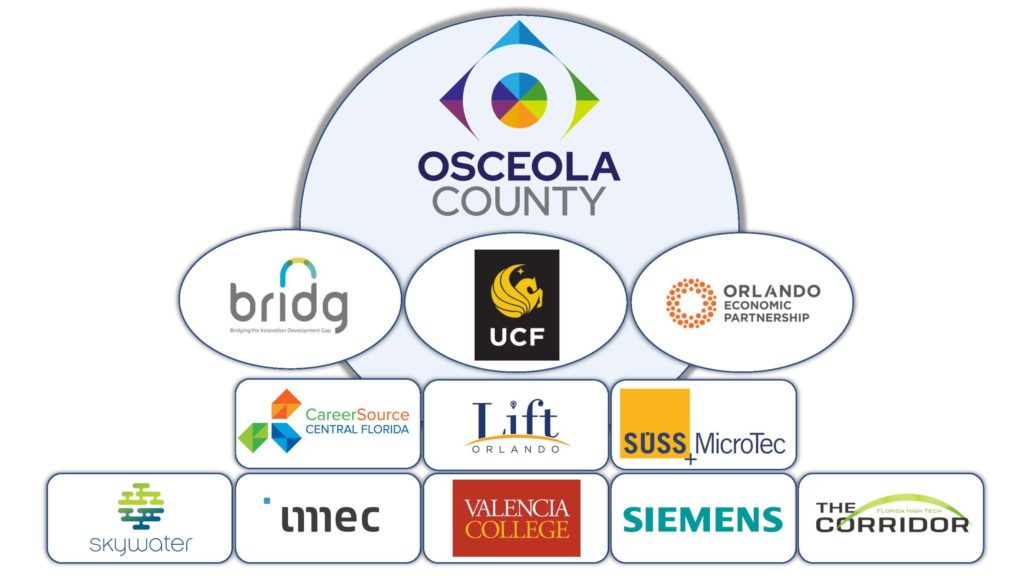
ABOUT THE CENTRAL FLORIDA SEMICONDUCTOR COALITION
The Osceola County-led Central Florida semiconductor coalition will build upon the initial success of NeoCity, by investing in infrastructure, workforce development, and community reinvestment that leverages new, high-demand production processes, to propel Central Florida as a leading region for semiconductor R&D and manufacturing.
The coalition’s proposed projects include the following projects:
Project No. 1
Center for Neovation Expansion. Construction and expansion of the County owned Center for Neovation, an advanced manufacturing semiconductor fabrication lab located in NeoCity. Items would include installation of a new 25,000 square foot cleanroom and ultra-pure water treatment utility.
Project No. 2
Neovation Way. Construction of a new road, called Neovation Way, that would provide a southern gateway entrance to NeoCity, which would help facilitate development of the technology district.
Project No. 3
Advanced Packaging Institute. Invest in a new R&D prototype and commercialization program that can manufacture domestic, reliable next generation microelectronics utilizing advanced packaging technologies.
Project No. 4
Digital Twin Institute for Microelectronic Design and Fabrication. Invest in a new modeling and simulation research program to advance next-generation semiconductor design and manufacturing that can increase microchip reliability and productivity, lower maintenance costs, reduce risk, create new business, improve supply and delivery chain efficiency, and enable cross-discipline collaboration to foster innovation. Digital twins are a digital reproduction of any product or system.
Project No. 5
Upskill Osceola. Expand and scale a skills-based workforce development platform that expands the talent pipeline by aligning education and training with the specific skills demanded of industry. Project will leverage unique analytics to help the cluster’s industry partners and their ancillary industries recognize those skills in candidates, particularly workers without traditional academic credentials, like a bachelor’s degree, who may otherwise be overlooked.
Project No. 6
Cornerstone Osceola. Expand and scale a highly successful, purpose-built community model used in nearby City of Orlando, based on a combination of research-based, best-practices for achieving measurable results in community transformation. It is a model for holistic neighborhood revitalization recognizing that a community’s most complex social problems also require the alignment of multiple resources through a collective impact initiative. Adaptations for achieving measurable results in community transformation include addressing the need for high-quality, mixed-income housing; establishing a cradle-to-career educational pipeline that aligns with the growth cluster’s creation of primary and ancillary economic opportunities; and improving community health and wellness for residents.
